Sustainable Small-Scale Fisheries Need Support, World Trade Organization Reaches Deal on Reducing Overfishing, New Round of Biodiversity Talks Aims for Draft Conservation Agreement Ahead of COP15, and more
June 24, 2022 – We gather news: You stay informed
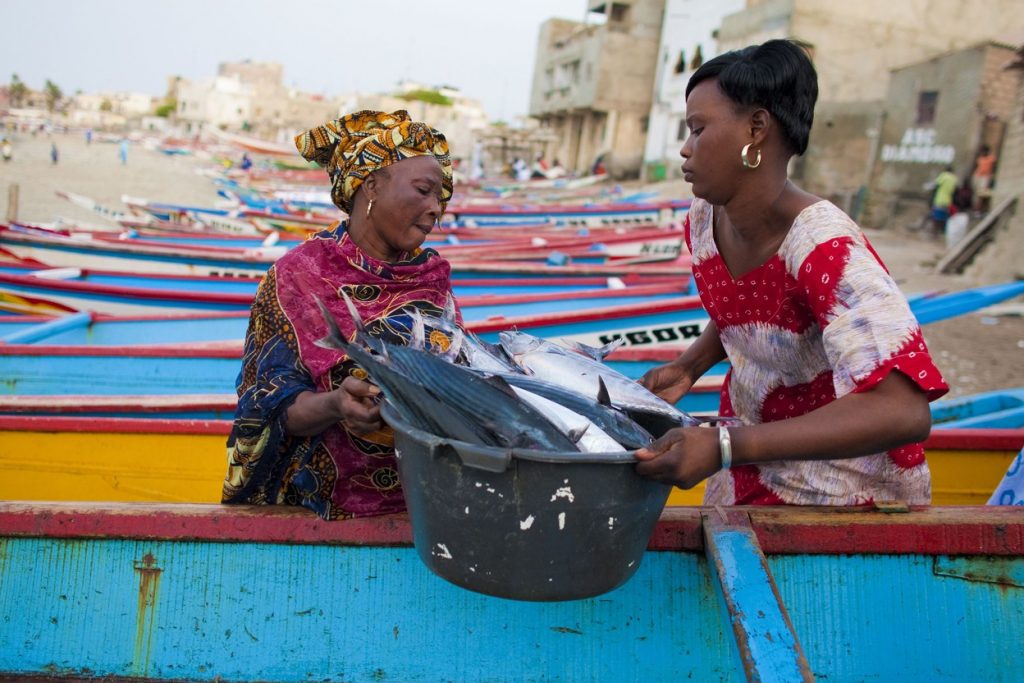
1. Sustainable Small-Scale Fisheries Can Help People and the Planet, but They Need Support
Despite strained ocean ecosystems, studies suggest that seafood can be expanded sustainably to meet future food demands. Success depends on small-scale fisheries. Small operations tend to deliver both food and income directly to the people who need them most, and locals have a strong incentive to make their practices sustainable. Almost everything that hand-to-mouth fisheries catch is consumed, compared to around 20% of the fish caught by industrial fleets that is wasted. Managed with care, small fisheries could provide win–wins for livelihoods and the environment. Making this happen should be high on the agenda at the UN Ocean Conference in Lisbon this month. Strategies for helping small-scale fishers could include a greater share of government subsidies, provisions to avoid abuse of smaller fishers by larger operations, pairing fishers with conservation efforts, and better storage to keep catch fresh.
Editorial Note: Sea Save Foundation will participate in the United Nations Ocean Conference in Lisbon. Sea Save’s attendance is incredibly valuable as we leverage critical calls to action to catalyze ocean protection on the regional, national, and international stages. We will do our best to keep you informed about what Sea Save is doing during the conference, as well as important developments as they happen.
Thank you for your generous gift that will help us continue the production of this weekly, free publication
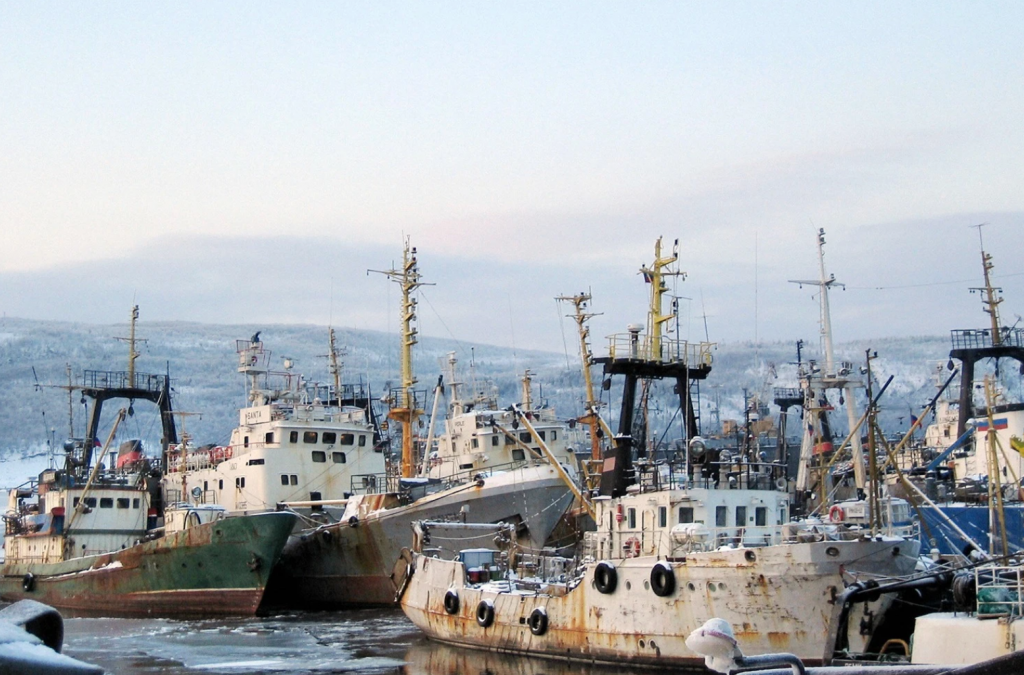
2. World Trade Organization Clinches Deal Aimed at Reducing Global Overfishing
In an international agreement that conservationists believe could help address overfishing and improve the health of the world’s oceans, more than 160 countries have pledged to limit subsidies to fisheries. Members of the World Trade Organization (WTO) had been negotiating for more than two decades. Governments worldwide provide an estimated $35 billion a year to the fishing industry. Many of these subsidies are directly linked to harmful fishing practices, human rights abuses, and environmental degradation by making it financially feasible to fish farther out at sea for longer periods of time. The agreement requires member countries to curb subsidies that lead to “illegal, unreported, and unregulated” fishing or that further deplete overfished stocks. Some experts were disappointed. “After 20 years of delay, the WTO failed again to eliminate subsidized overfishing, and in turn, is allowing countries to pillage the world’s oceans,” Andrew Sharpless of Oceana said.
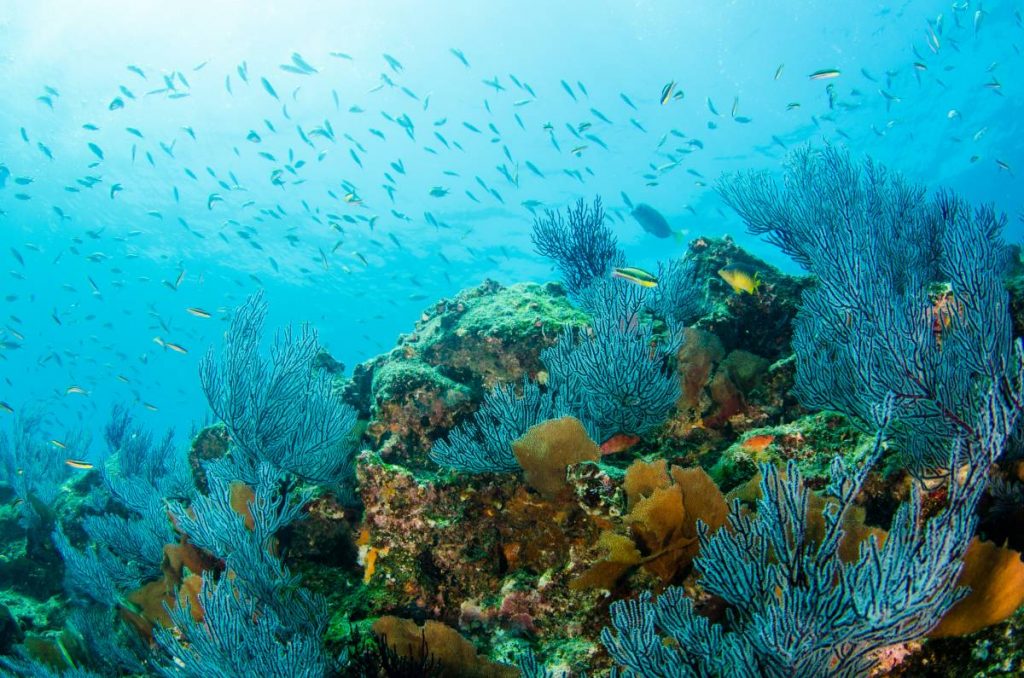
3. UN Biodiversity Talks in Nairobi Push for Conservation by 2030
UN negotiators have begun talks in Nairobi toward reaching a new global pact for protecting nature and wildlife, after previous talks in March failed to make progress. With scientists warning that an estimated 1 million species are at risk of extinction, the United Nations is asking countries to designate 30% of their land and sea areas for conservation by 2030. Meeting this “30-by-30” goal would help protect the world’s environments against poaching, pollution, or encroaching human development. Only 17% of the Earth’s land areas and 7% of the ocean currently fall under some form of protection. Already, more than 90 countries have committed to the 30-by-30 target, according to the High Ambition Coalition for Nature and People. The head of the UN Environment Programme implored delegates to reach a final draft agreement during the Nairobi talks to be voted on at COP15 in December.
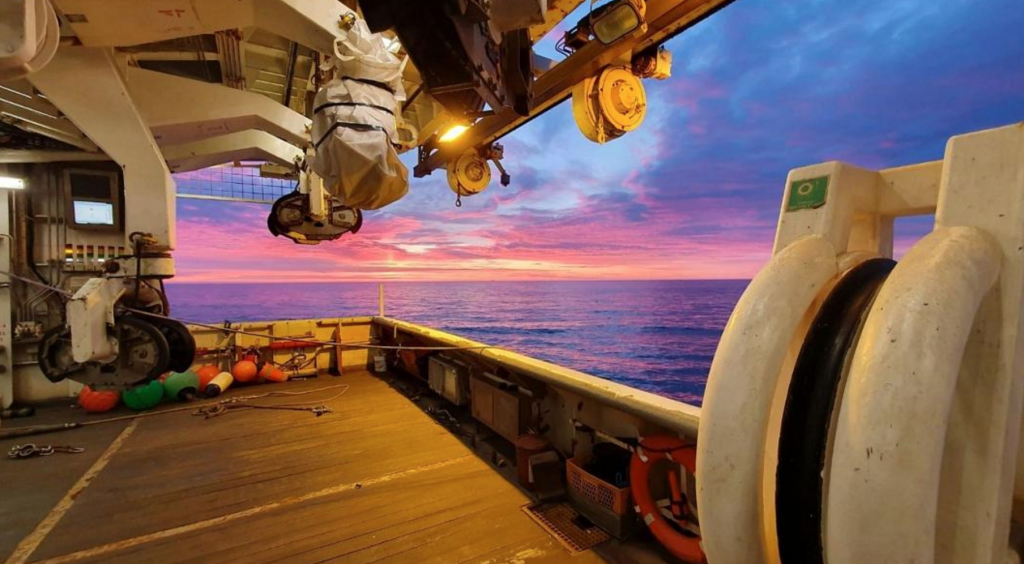
4. The UK Is Searching the Sea for a Nuclear Dump Site with Huge Risks to Marine Life
The UK government’s Nuclear Waste Services (NWS) will carry out seismic surveys off the Cumbrian Coast this summer. They are looking for a place to dispose of the waste produced by Britain’s nuclear reactors. A report, commissioned by Radiation Free Lakeland, calls for these plans to be postponed, claiming the impact assessment by NWS is “lacking in appropriate scientific and academic rigor.” Seismic blasting yields information about the geography of the sea bed. Low frequency sounds generated by a single seismic airgun can extend over large distances, particularly in deeper waters. They can blanket areas of up to 300,000 square kilometers with noise. Studies have shown that, because seismic surveys can disturb, injure, or kill a wide variety of marine life, they can impact entire ecosystems. The NWS investigation will focus on a survey area five to 20 kilometers off the Cumbrian coast in northwest England.
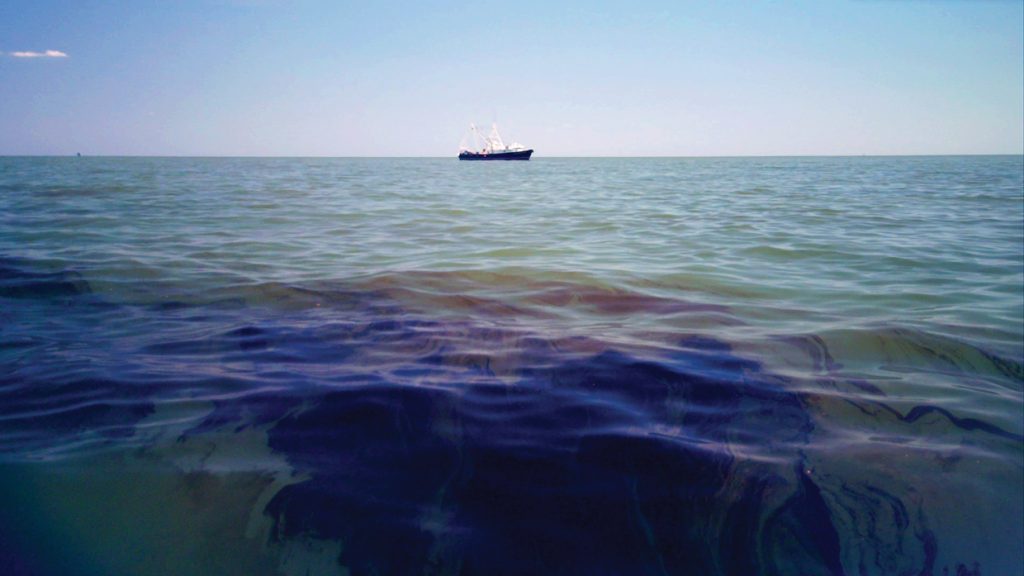
5. Humans Responsible for Over 90% of World’s Oil Slicks
Scientists mapping oil pollution across the Earth’s oceans have found that more than 90% of chronic oil slicks come from human sources, a much higher proportion than previously estimated. The research breaks with previous investigations into marine oil pollution, which estimated that about half came from human sources and half from natural sources. Oil slicks are thin layers of oil on the ocean’s surface. Massive oil spills can cause them, but they’re also widely and continuously produced by human activities and natural sources. Even a miniscule amount of oil can impact plankton, which make up the base of the ocean food system. Other marine animals, such as whales and sea turtles, are harmed as they come up to breathe. Researchers found most oil slicks near coastlines. About half were within 25 miles of the coast, and 90% were within 100 miles.
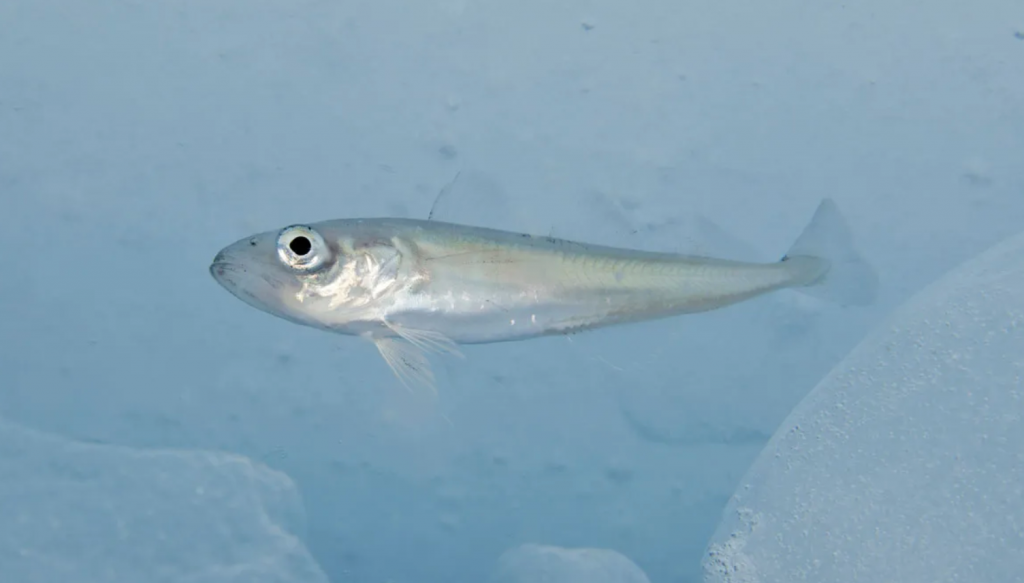
6. Without Deep Emissions Cuts, Marine Species Face Mass Extinction
Recent research has found that under a business-as-usual emissions scenario, marine ecosystems are likely to experience “mass extinctions on par with past great extinctions.” The reason relates to ocean warming and depleted levels of dissolved oxygen. “The question is how much oxygen is enough and what is the minimal amount that a given organism needs to survive,” said coauthor Curtis Deutsch. The researchers built a mathematical model to predict thermal limits and their impacts using data from the IPCC’s Sixth Assessment Report. Under a low-emissions scenario, in which the temperature stops rising at around 1.9°C of warming by the end of the century, the model predicted species losses consistent with levels we see today. Under a high-emissions scenario, extinction losses are “markedly elevated.” Extinctions and even smaller reductions in ocean biomass will have consequences far beyond marine ecosystems, the researchers noted.
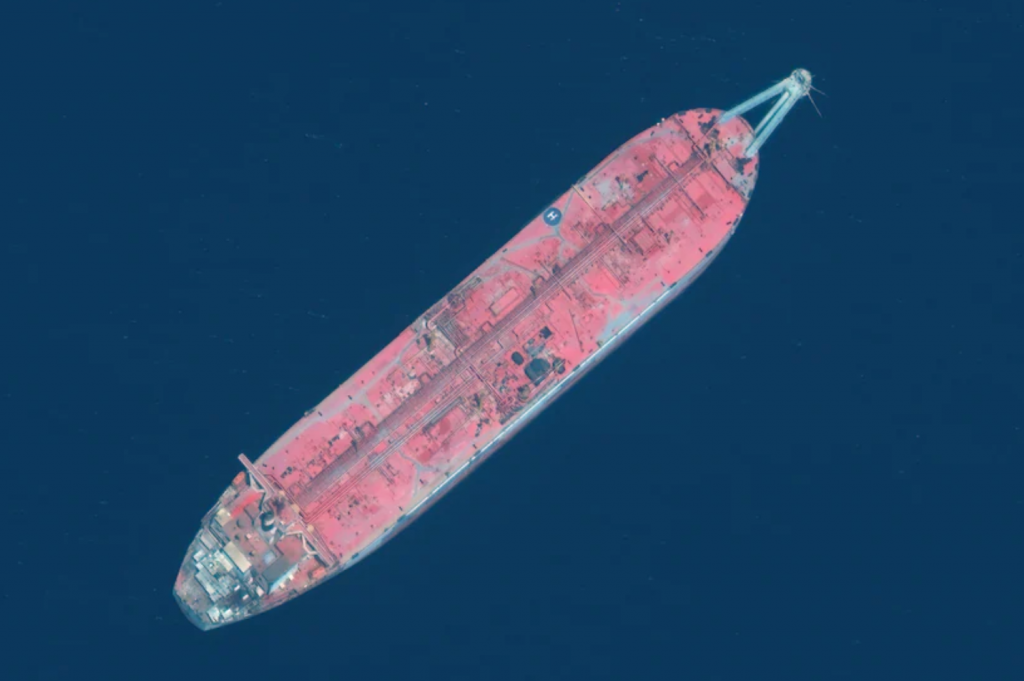
7. UN Turns to Crowdfunding to Salvage Decaying Oil Tanker Off Yemen
The UN has turned to crowdfunding to raise the $80 million needed to remove more than a million barrels of oil from a decaying tanker in the Red Sea and prevent a potential environmental catastrophe. The FSO Safer tanker has been rusting off Yemen’s coast since 2015. Sitting in the delicate ecosystem of the Red Sea, which is famous for its corals and fish, it has already experienced seawater seepage. For years, the UN has sought to launch a rescue mission to transfer the oil and move the ship out of Houthi rebel territory for inspections or dismantling. The UN has collected about three-quarters of the money necessary to transfer the oil to another ship, after Saudi Arabia and the United States recently promised $10 million each, following pledges from the Netherlands, France, Qatar, and others that brought the total in UN hands to $60 million.
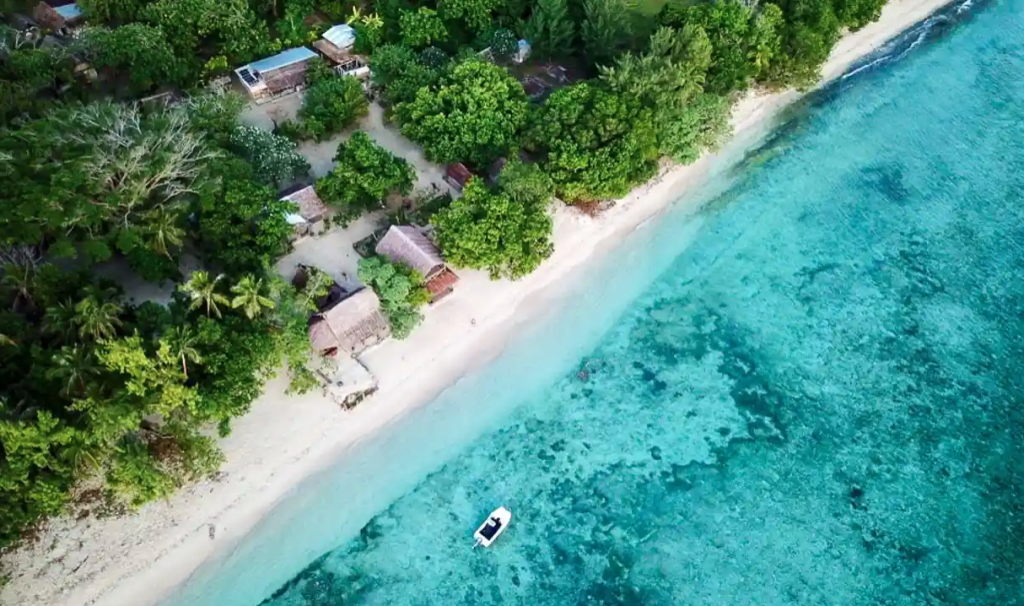
8. Vanuatu Asks Australia to Back Its UN Bid to Recognize Climate Change Harm
Australia’s new Labor government has been asked to prove its commitment to climate action and support for Pacific countries by backing a campaign led by Vanuatu to see international law changed to recognize climate change harm. Leading Pacific and Australian nongovernmental organizations are urging Australia to support Vanuatu’s campaign for the international court of justice (ICJ) to issue an advisory opinion on the question of climate change. This would be the first authoritative statement on climate change issued by the court and could have huge implications for climate change litigation, the setting of domestic law, and international, regional, and domestic disputes on climate harm. Pacific countries are at the forefront of the climate crisis, suffering from catastrophic cyclones, king tides, increasing salinity in water tables, droughts, and the loss of low-lying islands to sea level rise. Pacific leaders consider the climate crisis their primary security threat.
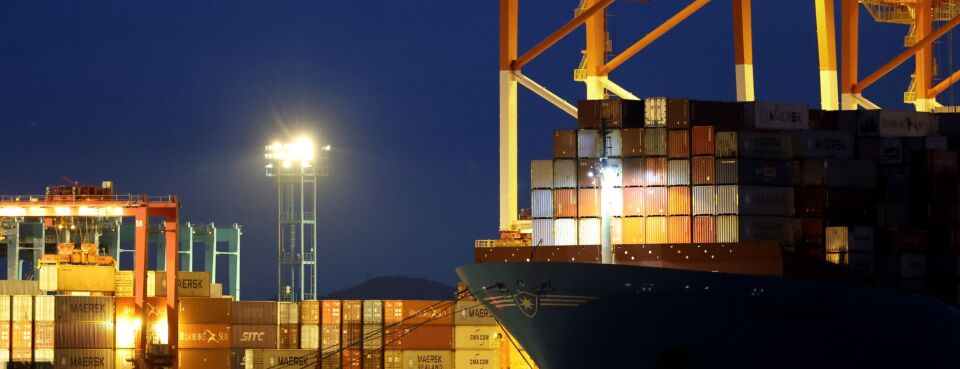
9. Assessing Japan’s Proposal for Carbon Taxes in the Shipping Industry
The shipping industry currently accounts for 3% of global emissions and as much as 20% by 2050. In May, Japan proposed a financial incentive to decarbonize shipping, calling for a global carbon tax that would see the shipping industry pay $56 per ton of CO2 starting in 2025. The tax would raise over $50 billion a year and would subsidize zero-emission ships. The proposal covers all global shipping emissions and is, therefore, more onerous than other proposals to reduce shipping CO2. However, all companies will be given the same chance to build up greener practices with the same lead time to transition. Still, the question remains whether zero-emission ships are viable in this short period or whether it would be better to incentivize lower-emission ships in the interim as technology develops. This is a key consideration in view of the importance of the shipping industry in the supply chain.
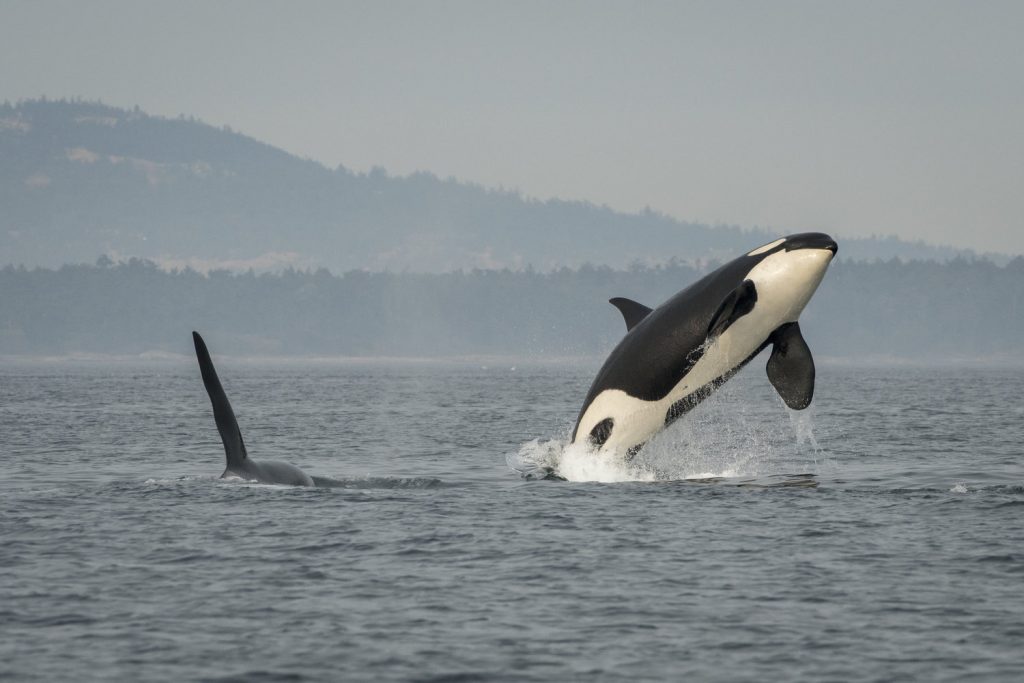
10. Canada Launches Request for Proposals to Develop “Next Generation” Quiet Vessel Technologies
Canada has announced the launch of a new request for proposals to support the development of propulsion improving devices, specifically aimed at reducing underwater noise generated by propellers. Propellers are the most significant source of noise generated by most vessels. By implementing devices like ducts, fins, rudders, or propeller caps on a vessel, the flow of water across the propeller can be optimized to reduce underwater noise. Reducing underwater noise supports the protection and recovery of Canada’s endangered whale species. Acoustic disturbances can affect their ability to find prey, navigate effectively, and communicate with each other, while also creating stress. Projects will be funded through Transport Canada’s Quiet Vessel Initiative, which is testing the most promising technologies, vessel designs, retrofits, and operational practices to quiet vessels, reducing the impacts of underwater noise on vulnerable marine mammals, like the Southern Resident killer whale.
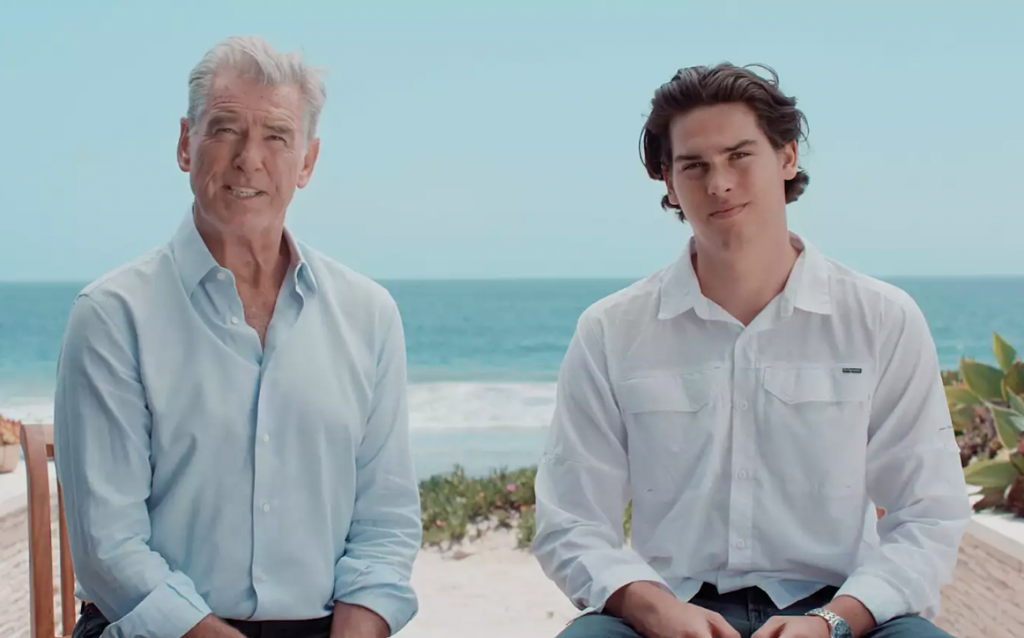
11. Pierce and Paris Brosnan Draw Attention to Plastic Waste Problem: “We Are Facing a Planetary Crisis”
Pierce Brosnan and his son Paris are encouraging steps to curb the global plastic waste crisis. The actor and his filmmaker/environmental activist son star in a new video in partnership with the Basel, Rotterdam, and Stockholm (BRS) Conventions to advocate for plastic waste management. “We are facing a planetary crisis: climate change, air pollution, loss of biodiversity. Fossil fuel-based plastics contribute to all three environmental concerns,” Pierce says. “The future is bioplastics, which are biodegradable,” adds Paris. The Basel Convention is the only international treaty that legally binds 189 countries in implementing strict controls for the transboundary movement of plastics. The Basel Convention Plastic Waste Amendments are a step toward forging an international legally binding agreement to end plastic pollution. Rolph Payet of the BRS Secretariat said, “Hopefully…decision-makers will be inspired by their message and engage in the minimization and management of plastic waste.”
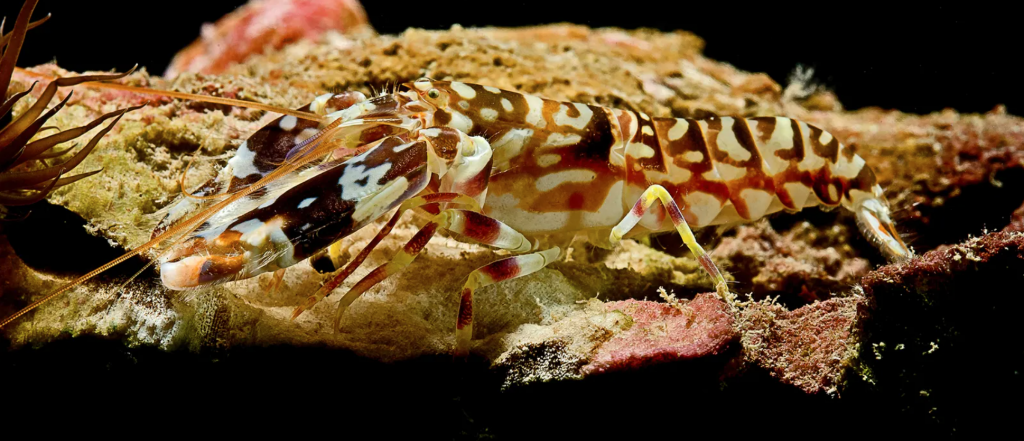
12. Why the US Military Is Listening to Shrimp
Ship sonar may soon have a rival. Lori Adornato of US military research agency Darpa believes we could detect submarines by paying more attention to natural sound than blasting out pulses of sonar. Her project, Persistent Aquatic Living Sensors (Pals), eavesdrops on marine animals as a way of detecting underwater threats. Meanwhile, another Pals team is “trying to detect the echoes that are created when shrimp snaps reflect off of the vehicles,” says Raytheon scientist Alison Laferriere, “in much the same way that a traditional sonar system detects echoes from the sound that its source generates.” How well Pals can distinguish a submarine threat from a shark remains to be seen. Still, the combination of marine organisms and modern smart algorithms could provide a reliable “tripwire warning” to guide more traditional submarine hunters to check out a possible intruder.
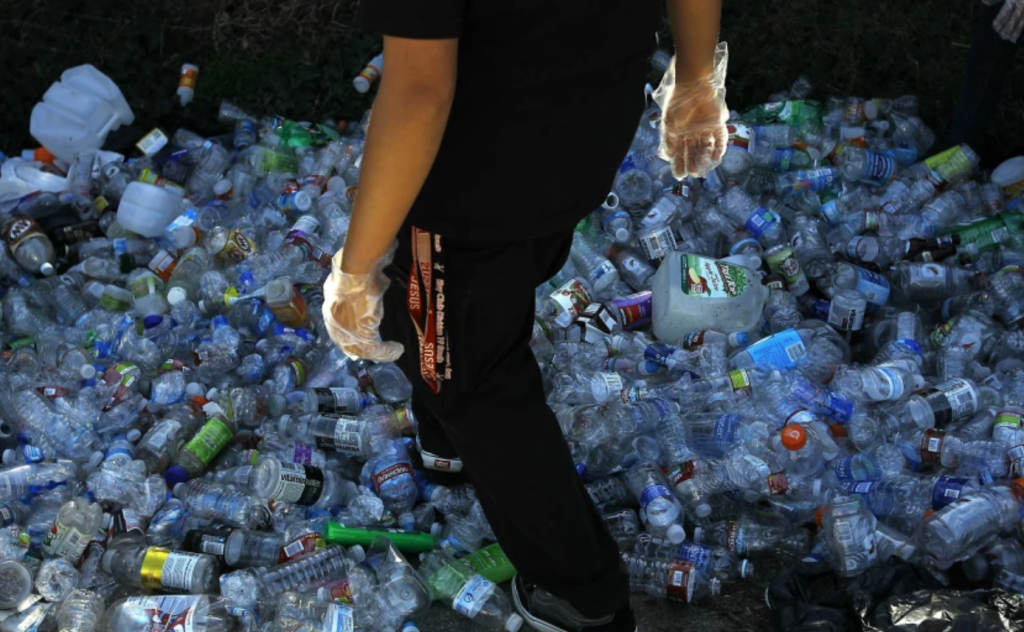
13. Compromise on Plastics Ban Comes Under Fire in California Legislature
Californians will likely get a chance to vote on a single-use plastics ban in November after efforts to craft compromise legislation came under fire from groups supporting a ballot measure. Some environmental groups support the legislation, but key backers of the ballot measure say it gives away too much to the plastics industry, which has fought off numerous previous attempts to restrict single-use containers. The 73-page bill requires producers to reduce single-use plastic packaging and food ware by 25% by 2032 and mandates that producers pay $500 million a year in mitigation funds. It is the product of weeks of negotiations involving lawmakers, the plastic industry’s lobbyists, environmental groups, and others. Some leading environmental groups have announced support for the latest revision of the bill, but other environmental groups say the legislation, as drafted, doesn’t go far enough and allows the plastics industry to self-regulate.
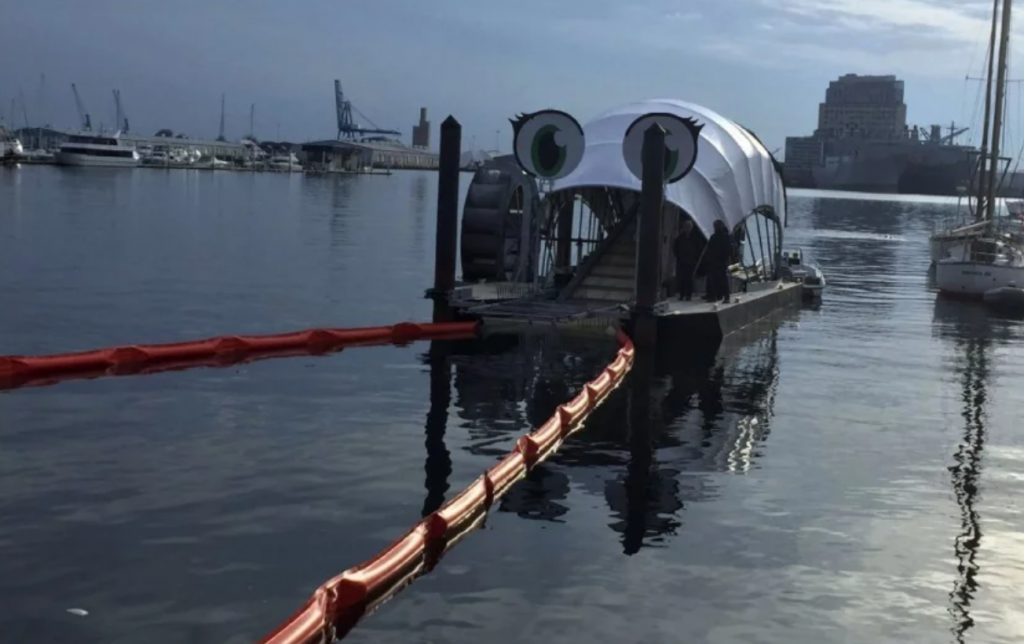
14. Trash-Snaring Vessel to Clean Newport Beach Waters Gains Coastal Commission Approval
Newport Beach may soon own a solar-powered, trash-ensnaring vessel or “water wheel” to clean up its bay, following approval from the California Coastal Commission. It looks like a conch shell crossed with a steamboat. Two booms would span the width of San Diego Creek and funnel trash toward a stationary barge mounted with a 17-foot-tall water wheel. Debris lands on a conveyor belt, then travels into dumpsters that are conveyed to land, where a garbage truck disposes of the trash. Assistant city engineer Bob Stein said, “San Diego Creek provides 80% of the freshwater to Newport Bay and probably 80% of the trash.” The wheel would also help quantify the kinds of trash flowing into the bay, which could provide data for possible future ordinances. However, Coastal Commission staff noted that the barge would not resolve the plastic pollution issue at its source.
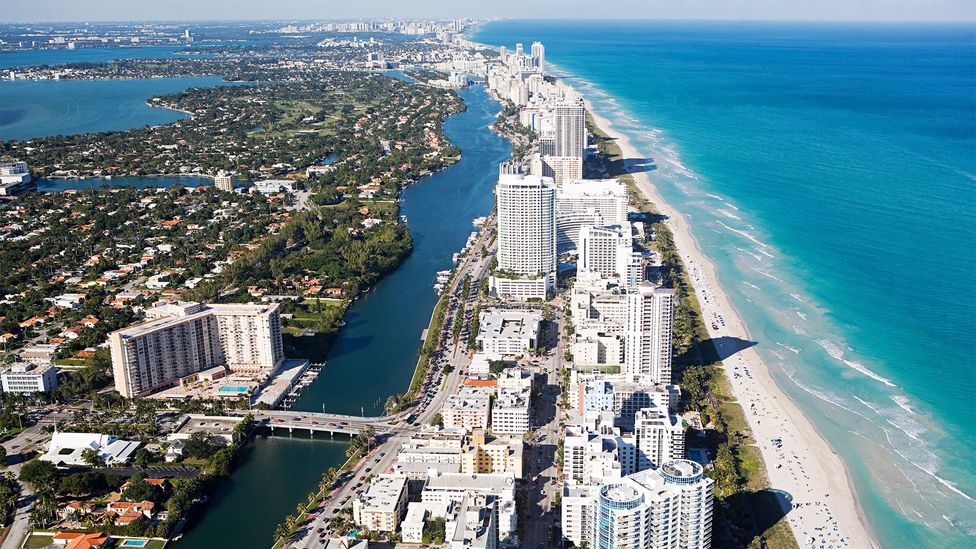
15. Sharks Are Frequenting Coastlines, Miami Study Says
Coastlines around the world are rapidly urbanizing, but it is unclear how this increased human presence will affect various marine species. In a new study, researchers followed the movements of three shark species in Miami, namely the nurse, bull, and great hammerhead. The team expected the sharks to avoid areas near the city because of the light, chemical, and noise pollution that emanates from the coastal metropolis. Instead, researchers were surprised to discover that the sharks they tracked spent so much time near the city, perhaps drawn by land-based activities, such as the discarding of fish carcasses. This attraction could have repercussions for humans and sharks. The sharks are at risk of fishing and toxic pollutants from spending so much time close to shore, and humans could experience adverse experiences with sharks in certain areas.
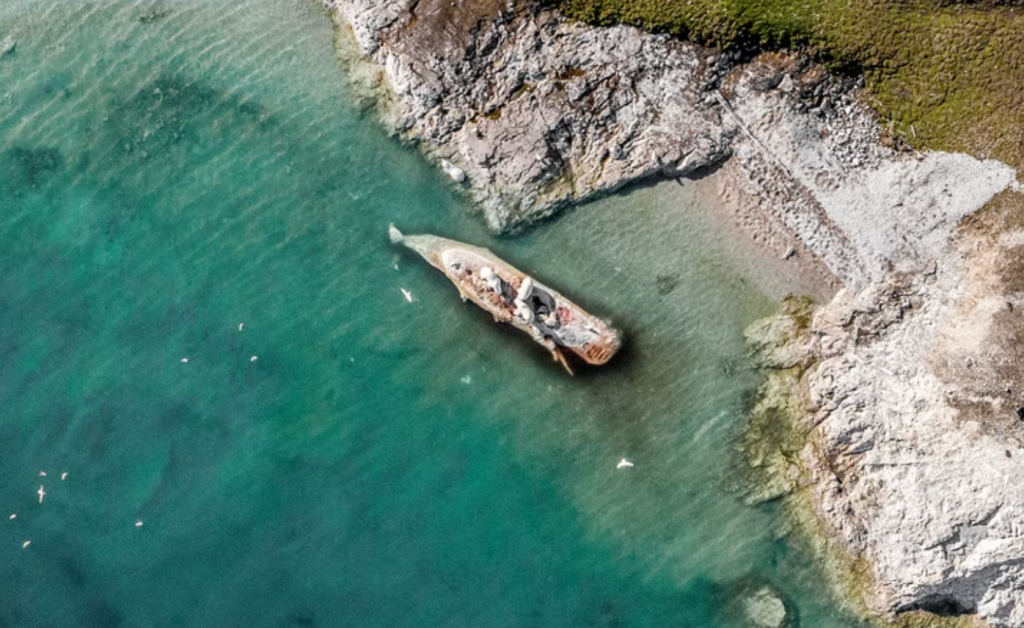
16. Polar Bears Captured Feasting on Dead Whale Amid Threats to Survival From Climate Crisis
Filmmakers have captured remarkable images of polar bears feasting on a beached sperm whale in the Svalbard archipelago of Norway, as the imperiled bears face increasing threats to their survival from the climate crisis. The species as a whole is in serious trouble due to the impacts of global heating. Polar regions are losing vast amounts of sea ice that polar bears rely on. The minimum sea ice extent in the Arctic has declined by 13% every decade since 1979, according to NASA. Polar bears need sea ice to catch seals, one of their primary food sources. Increasing heat in the Arctic may be forcing the bears to look for alternative prey. Research in 2018 found that during earlier, hotter geological epochs, polar bears survived by scavenging on whale carcasses. Since then, humans have severely culled the whale populations that polar bears could have relied on.
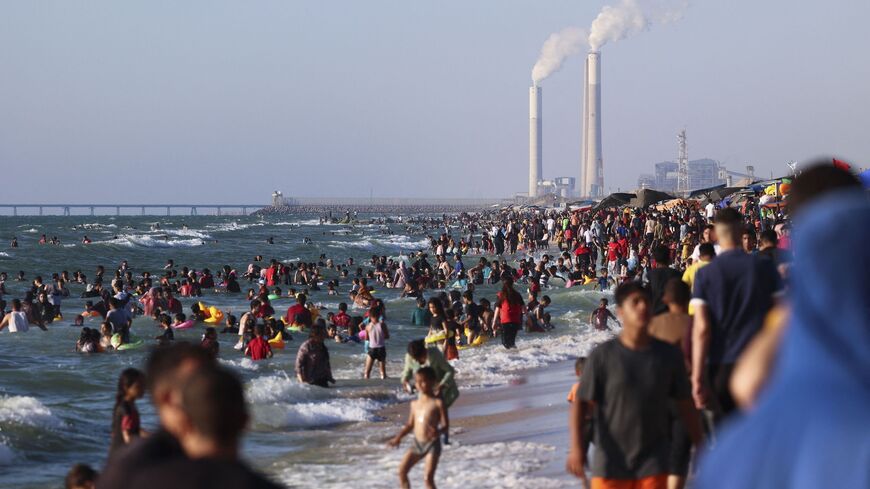
17. Gaza Beaches Now Safe for Swimming After Many Years of Warnings and Massive Clean-Up
For many years, local municipalities have warned Gaza’s beachgoers against swimming in the ocean due to wastewater dumped directly into the sea without treatment. However, on May 29, the Water and Environment Quality Authority announced that 65% of Gaza’s beaches are safe for swimmers, with multiple ministries and utilities monitoring the water. Omar Shatat, deputy executive director of the Coastal Municipalities Water Utility, said the seawater and beaches of the Gaza Strip are much better this year due to several reasons: “Most notably, the waste treatment plants are now provided with uninterrupted electricity. There are also projects funded by international organizations that aim to treat millions of cubic meters of wastewater in accordance with international standards. No wastewater will be channeled to the sea without being processed and tested.” Shatat added that in contrast with sewage, other sea pollutants such as fish farms are more manageable.
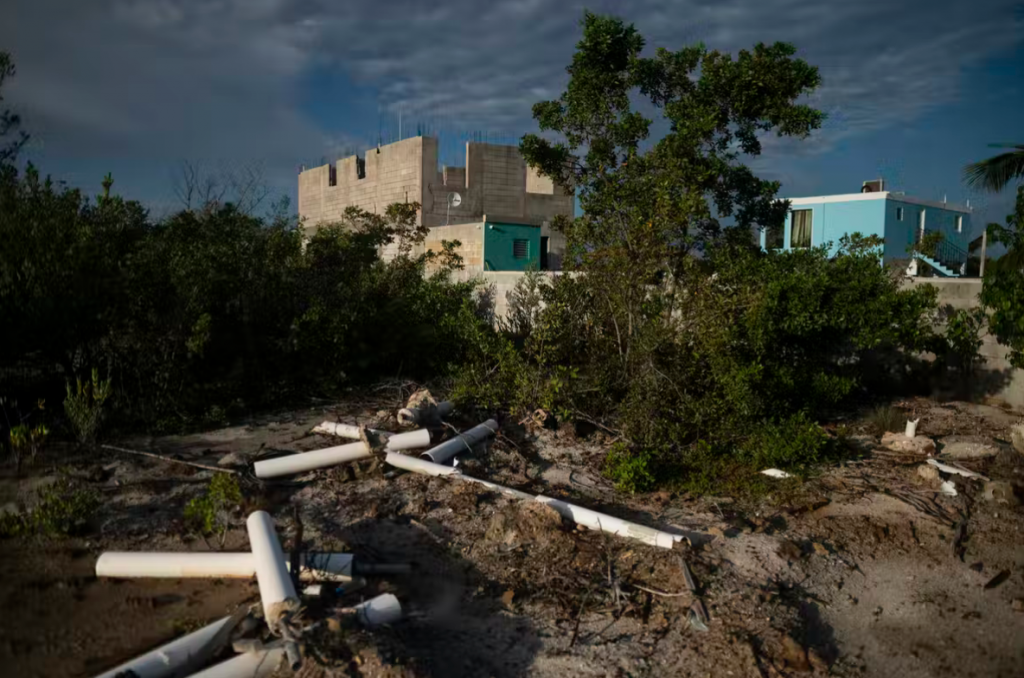
18. Coastal Gentrification in Puerto Rico Is Displacing People and Damaging Mangroves and Wetlands
Tourism income is central to Puerto Rico’s economy, but it comes at a cost: destruction of mangroves, wetlands, and other coastal areas. Puerto Rico’s rural coastal communities have to compete for space and resources against tourism development, gentrification, urbanization, industry, and conservation. One hot-button issue is privatization and destruction of the Zona Marítimo Terrestre, or Terrestrial Maritime Zone. This area is legally defined as “Puerto Rico’s coastal space that is bordered by the sea’s ebb and flow” – that is, between the low and high tide or up to the highest point of the surf zone. It includes beaches, mangroves, and other coastal wetlands, and is publicly owned. Activists are urging Gov. Pedro Pierluisi to declare a comprehensive moratorium on all coastal construction, a demand the governor calls “excessive.” Meanwhile, wealthy Puerto Ricans have clandestinely developed the territory’s second-largest estuary and only Federal Estuarine Reserve for weekend homes.
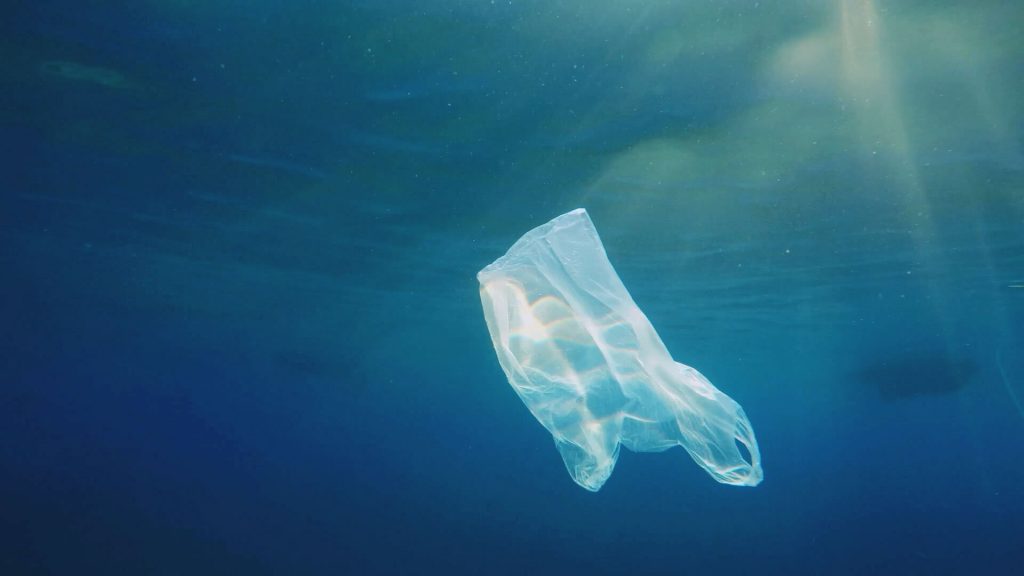
19. Oceana Canada Celebrates Federal Ban on Six Categories of Single-Use Plastics
Oceana Canada is celebrating a significant milestone in ending Canada’s contribution to the global plastic pollution crisis, following the federal government announcement banning six categories of the most commonly found plastics polluting Canada’s shorelines and oceans. The ban will gradually eliminate the Canadian production and export of plastic bags, cutlery, stir sticks, six-pack rings, straws, and some takeout containers. Canadian plastic manufacturers will have until the end of 2022 to halt production of the newly banned plastics and until the end of 2023 to stop selling them. The ban also ends the export of banned plastics by 2025. The final ban also closes technical loopholes from its previous draft that would have allowed more durable single-use plastic options to replace items of common use, such as cutlery and checkout bags. Since 2019, Oceana Canada has been advocating to reduce plastic pollution.
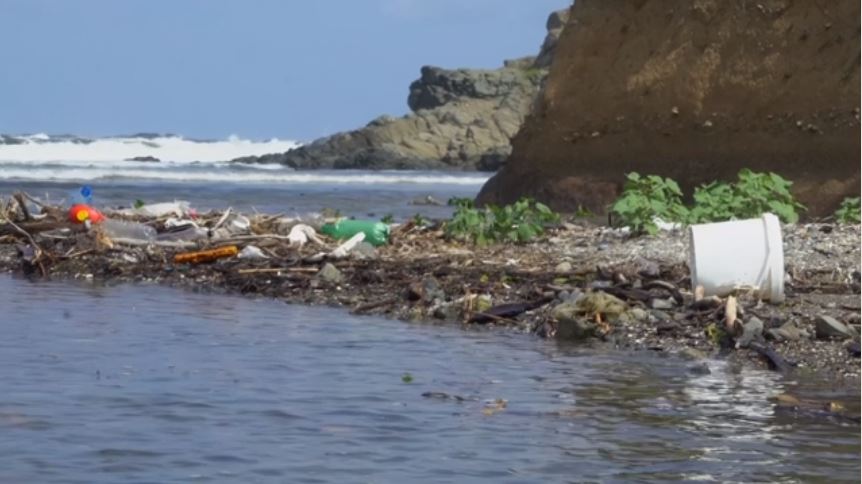
20. Diversity Goes ‘Plastic’ in Polluted Black Sea, Turkish Study Shows
Like many bodies of water, the Black Sea is facing the threat of pollution. Researchers recently discovered that an area stretching east to west became the new home of 15 different types of plastics. Istanbul, which is Turkey’s most populated city, had the highest concentration of microplastic pollution in the Black Sea, with 55 particles per cubic meter. Polyethylene terephthalate or PET, a polymer resin better known for its use in plastic water bottles, was the most common plastic detected at sea. It was followed by polyethylene and polypropylene, a polymer that is used in everything, from clothing to camping gear to bags and containers of a wide range of consumer products. Plastics turn into microplastics and are consumed by marine species. Last year, Greenpeace warned about plastic waste’s impact on the Black Sea, which was blamed for the deaths of hundreds of animals.
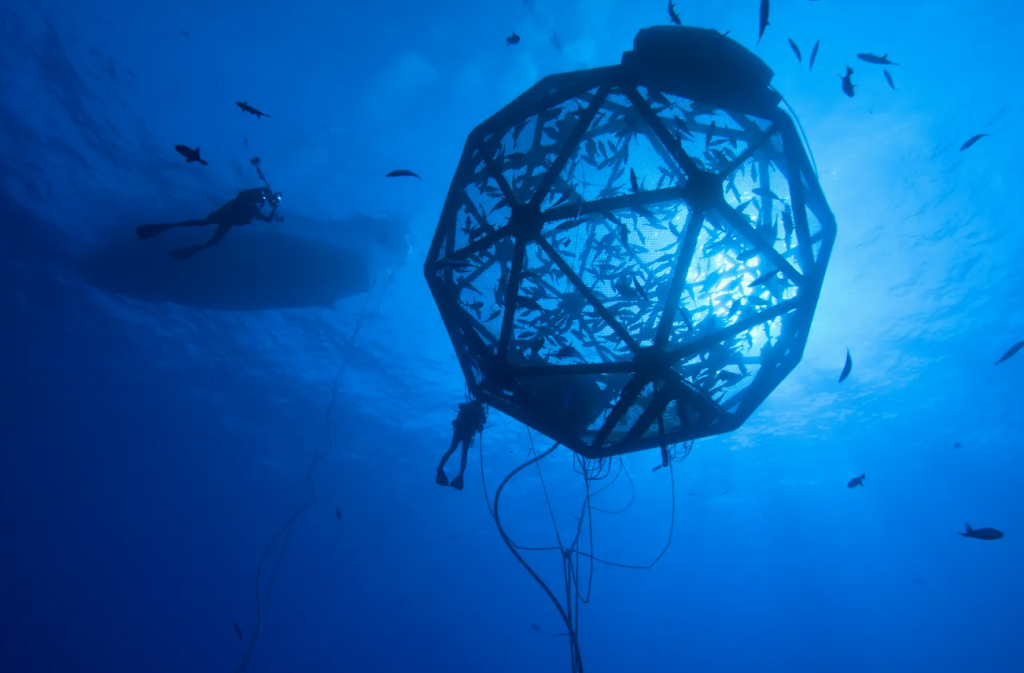
21. EPA Grants Permit for Ocean Era Aquaculture Demonstration Project in Florida
The Environmental Protection Agency (EPA) has approved the permit for the Ocean Era aquaculture demonstration project in federal waters off of Sarasota County. The EPA had withheld final approval for the Ocean Era project pending clarification of whether fish waste would degrade the water. The project, which would see about 20,000 Almaco jackfish raised in a net pen 45 miles offshore from Sarasota County, requires that the nutrient levels be monitored. Local officials voiced enough concern about the aquaculture project that in 2020, the US Army Corps of Engineers extended public comment on its permit process and hosted a public meeting at Mote Marine Laboratory & Aquarium. One of the main issues was the potential impact the concentration of fish waste could have on red tide. A main purpose of the project is to answer questions about the environmental impact of offshore net pen aquaculture.
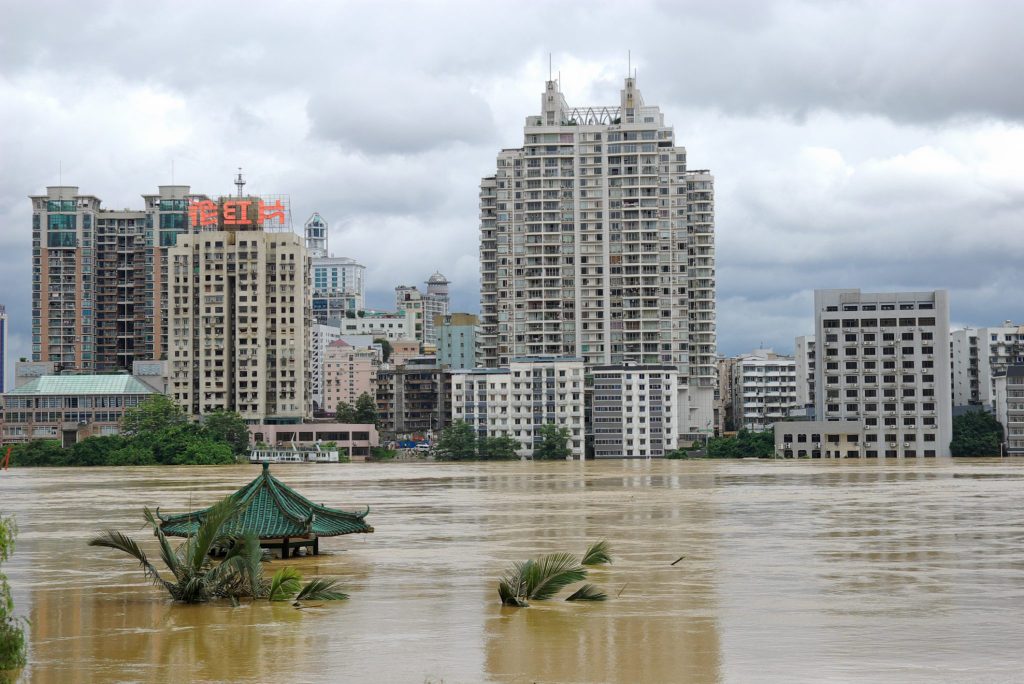
22. Uncertainty in Sea-Level Rise Could Be a Tool to Prepare for Any Scenario
Sea-level rise is a major impact of climate change, threatening coastal communities, infrastructure, and ecosystems. Because of the number of processes that contribute to sea-level rise, each with their own timescale, scientists can never fully represent the intricacies of interactions at play. Future sea-level rise will always be presented as a range of possibilities for a given amount of warming, rather than one single figure. Still, we already know the system well enough to grasp that predictions have meaning. The predictions’ range can help scale adaptation efforts on a local basis. Policymakers should prepare for the lower end of the predictions and prioritize spending and development toward preparing for other hazards, which may be the better approach for areas that may not experience much sea-level rise. Ideally, policymakers would prepare for the higher end of the predictions and know that this covers almost any eventuality.
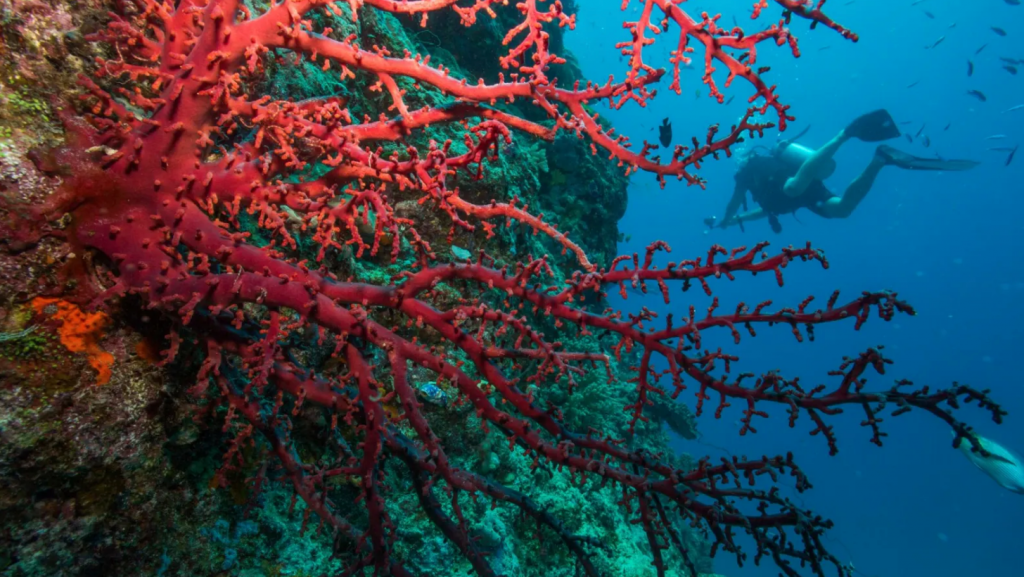
23. Uncertainty Whether New Corals in Sydney Are Dangerous Invaders or Harmless Refugees
Sydney has become home to a new subtropical coral. A study analyzing the metabolism of these new corals under different warming scenarios found the invading subtropical corals will thrive in coastal Sydney. However, warming threatens existing coral species. “While we found these corals possess the machinery to withstand large changes in temperature, those temperatures could kill the existing corals. This is incredibly important when we consider the future of Sydney’s precious ecosystems,” Dr. Jen Matthews says. Co-investigator Dr. Brigitte Sommer says there may be exciting upsides — increasing the biodiversity and complexity of Sydney’s marine ecosystems could bring benefits in terms of refuge for reef fish, coral crabs, and potentially other coral species. “Determining which coral species will be able to migrate poleward in warming seas and how they will interact with local species is critical so we can protect these dynamic ecosystems into the future,” Dr. Sommer says.
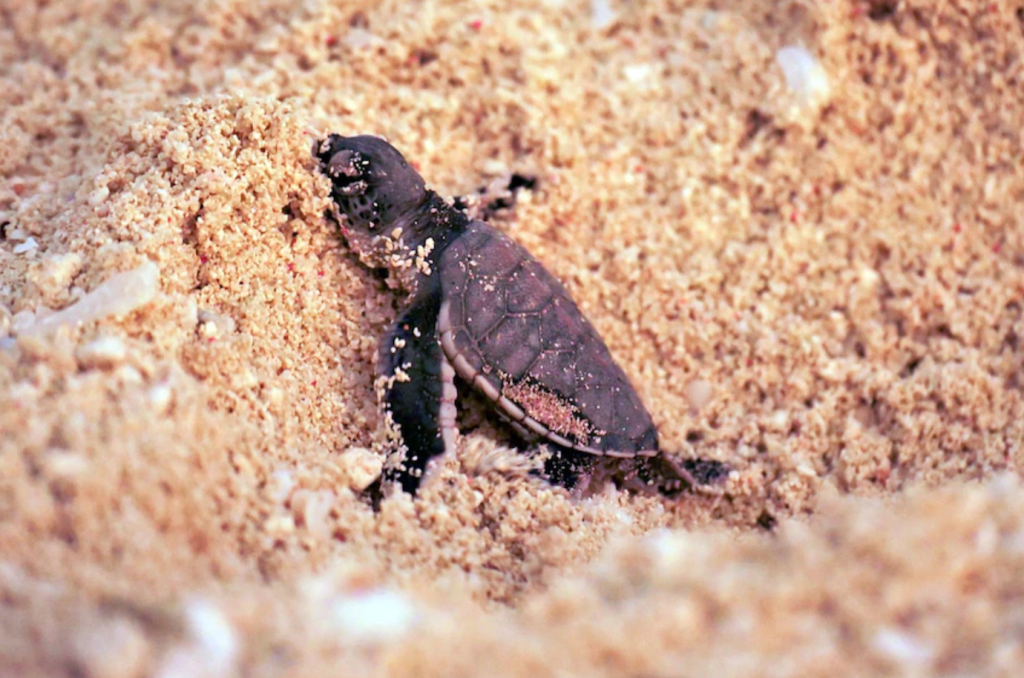
24. Marine Turtles’ Male Drought Has Scientists Seriously Concerned About Population Decline
Turtles are facing a male drought as hotter sand temperatures due to climate change produce far more female hatchlings than males. It has scientists seriously concerned. “In certain places, where the temperatures have risen quite considerably in recent years, it’s estimated that over 95% of the hatchlings being born on beaches are female,” said researcher David Adams. Only one in 1,000 hatchlings reach adulthood. Now climate change is making it even harder for the turtle population. Turtles have temperature-dependent sex determination (TDSD), so the warmer the sand, the more likely feminization occurs. “It’s a fair bet that if you have 100 times as many females, it could come to the point where there are so few males available that we start to see the population begin to decline,” Adams said. The use of seawater is being tried to reverse the problem.
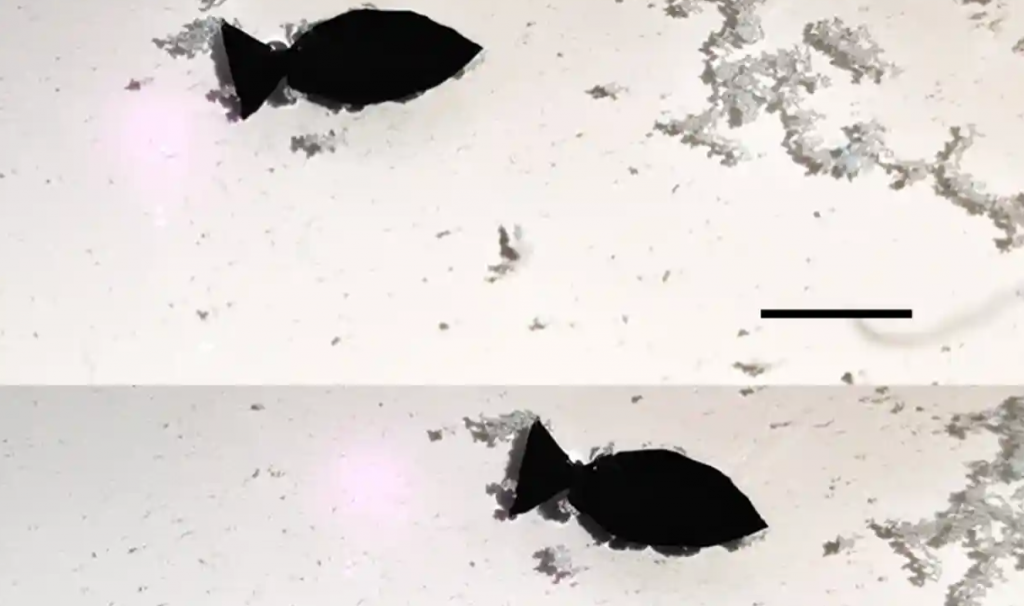
25. Scientists Unveil Bionic Robo-Fish to Remove Microplastics from Seas
Scientists have designed a tiny robot-fish that can remove microplastics from oceans by swimming around and adsorbing them on its soft, flexible, self-healing body. The robo-fish is just 13mm long and swims and flaps around at almost 30mm a second, similar to the speed at which plankton drift around in moving water. It is stretchy, flexible, and can even pull up to 5kg in weight. Most importantly, it can adsorb nearby free-floating bits of microplastics because the organic dyes, antibiotics, and heavy metals in the microplastics have strong chemical bonds and electrostatic interactions with the fish’s materials. After the robot collects the microplastics, researchers further analyze the composition and physiological toxicity of the microplastics. This is just a proof of concept, lead author Yuyan Wang notes, and much more research is needed – especially into how this could be deployed in the real world.
/




